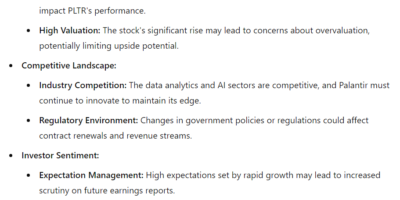With the stock market recovering after a challenging start to September, historical data indicates that investors might be in for another rough ride due to a possible downturn in the second half of the month.
Particularly, since 1950, the second half of September has been the worst-performing period for the S&P 500 index, according to an analysis by Goldman Sachs (NYSE: GS) Research.
The data indicates that median two-week returns in late September consistently lag behind other months, often falling into negative territory.
Median two-week returns from S&P 500 since 1950. Source: Goldman Sachs
This seasonal weakness suggests the market may face a downward pull during this period, further exacerbated by prevailing market conditions dominated by general economic weakness with fears of a possible recession.
Impact of September effect
Indeed, this outlook aligns with the “September effect,” where the stock market tends to underperform. In this line, the September effect began to take shape in the first week of the month after the U.S. economy showed further signs of slowing down following disappointing jobs data.
However, in the second week, the market rebounded, buoyed by increasing expectations that the Federal Reserve may cut interest rates—a move anticipated to alter the likelihood of a recession.
This momentum helped the stock market post its best week since November 2023, with the S&P 500 rising 0.5% and the Nasdaq Composite climbing 0.7%. Semiconductor giants led the market gains, with Nvidia (NASDAQ: NVDA) surging over 15% and Broadcom (NASDAQ: AVGO) up 22%.
S&P 500 performance chart. Source: Barchart.
In the meantime, the market remains uncertain whether the Fed will cut rates by 25 or 50 basis points.
What next for S&P 500 index
As for future performance, an analyst with the pseudonym CyclesFan observed in a post on X on September 13 that five consecutive Hindenburg Omens had emerged between September 6 and September 11, 2024—a pattern raising concerns among bulls. The Hindenburg Omen is a technical indicator that signals an increased likelihood of market instability or corrections.
Interestingly, the analyst noted there is no immediate cause for concern regarding a potential crash, as the pattern did not emerge when the index was at its record high. This reduces the immediate risk of a notable downturn.
Additionally, the last Omen occurred on a day when the index was already down 1.67% intraday, suggesting that some of the potential bearish energy may have already been absorbed.
S&P 500 performance chart. Source: CyclesFan
Overall, uncertainty lingers in the market regarding how the upcoming rate cut will impact the economy. Although there are hopes that monetary policy will reduce the chances of a recession, economists like Henrik Zeberg have warned that the Fed’s actions might be too late, as reported by Finbold.
Buy stocks now with eToro – trusted and advanced investment platform
Disclaimer: The content on this site should not be considered investment advice. Investing is speculative. When investing, your capital is at risk.
The post Is the stock market heading for its worst downturn of 2024? appeared first on Finbold.





